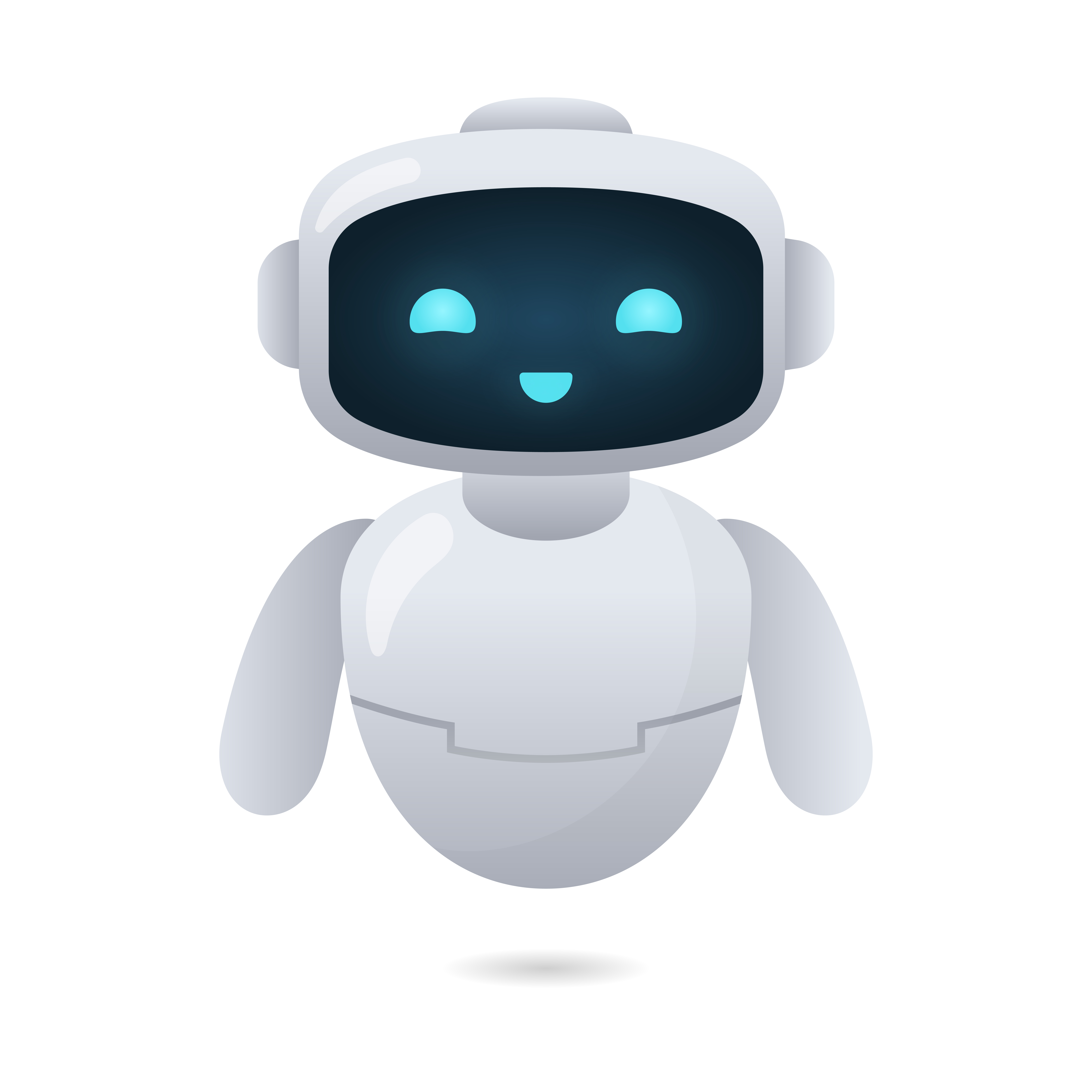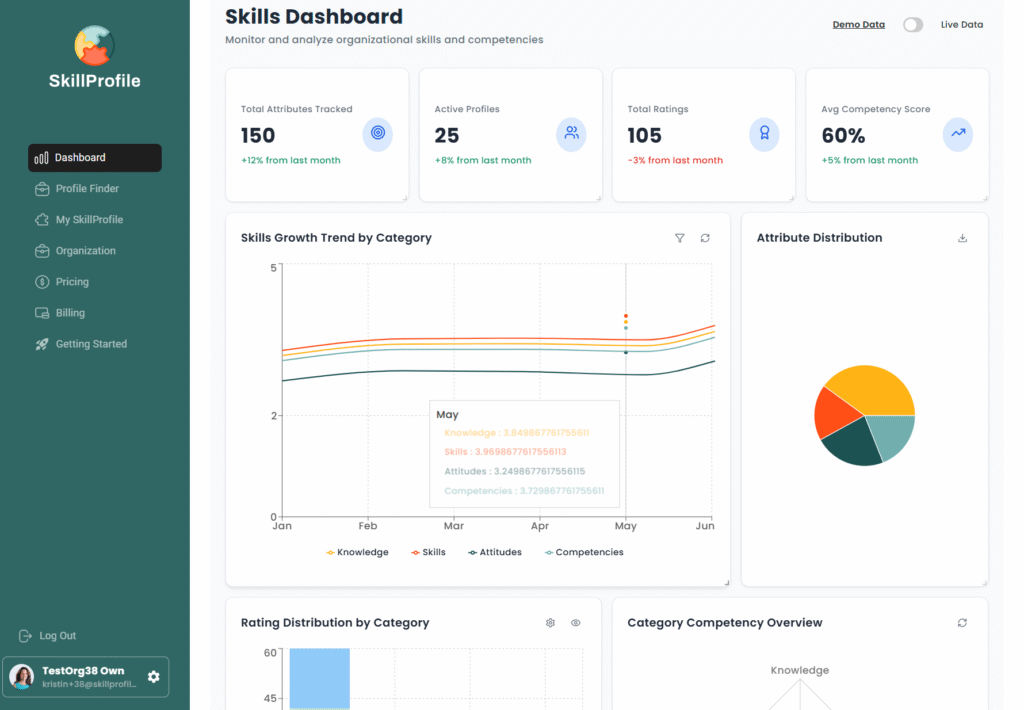
Everyone’s trying out or playing with AI or making videos about how to use AI specifically for software development. I thought I would share my journey. It might help inform a few people out there.
So I’m not new to the world of AI – As a product leader of a marketing startup based in Silicon Valley I embraced the ChatGPT revolution back in 2022 when it first hit and started to get traction. I envisioned and pioneered that companies first integration to an LLM and years before that I had experimented with building an Alexa inquiry and a natural language BI capability.
This space was right up my alley. At the time, though, ChatGPT and other LLMs were in their infancy (anyone remember ChatGPT 3) – and the original DALL-E. We experimented with creating summaries, tuning prompts and got a decent working prototype. I then delved a bit into developing a broader trained model based on data and it became very apparent that this technology was still developing and while it is still groundbreaking, it was not yet lifechanging.
Fast forward a year and I had left that marketing company and spun back up SkillProfile and our efforts to solve the problem of making skills and competencies accessible to everyday people. I had a couple of volunteer engineers and this rag tag group was doing what we could to bring a great product to market.
Life happens to people and everyone needs to eat so back in the beginning of this year we hit some bumps, as you so often do in a startup, and it was time to either find some new technical folks or shut down.
People who’ve worked with me know that I’m a never give up type of person. I thought, hey, I’ve taken some programming classes, I know the basics of software engineering and you know what, I write a mean LLM prompt. With that, I was off to the races attempting to make the designs and product that my team had started a reality. There were fits and starts. I don’t know how often I have been left with “git stash” to undo hours and hours of work because my AI friend went down an implementation path that eventually it became clear was very very wrong.
I have yelled at Copilot and told them they had ruined my day. I spent hours walking back an implementation that probably would have worked, but would have been a long term mess.
Now my codebase isn’t clean. Not for a minute and I know some senior developers who would look at it and say ‘oh my word’ but it works, and in all reality it’s a foundation that can be built on.
All this to say a few cautionary words:
1 – If you’re already an experienced developer, you will likely be more frustrated than happy with the results of an AI CoPilot. It MIGHT be faster to do on your own, but the place you may find helpful is the speed at which you don’t have to type. Nothing like having it generate 50 lines of code in 2 minutes, have you review it and then click 1 button to have it applied to your file. Prob will save some time, but not unlike taking on a jr developer as an assistance, it will probably make some things slower. Also make sure to use Anthropic’s Claude Sonnet 3.5 Thinking or 4.0 (at least for now as of Aug 2025). It does make a difference.
2 – If you’re not already somewhat technical, like have had some experience with software development, can read code, or have taken a few classes you will likely get out of your depth very quickly and it will be hard to ask the AI/LLM the right questions to get it to produce reasonable code (to be honest, I’m not sure my code is reasonable, but time will tell!). That said – it is AMAZING for prototyping or getting a simple app up and functional. Communicating a prototype using actual working code is amazing.
You will, however, sit there for hours asking why you keep getting console errors. If you want it to ACTUALLY work. Get a technical friend to help.
3 – Product/design people – YES YES and YES – I read in an article that Lovable, the darling of the AI Vibe Coding space, is positioning themselves as a tool for product and designers to help them communicate and market test their ideas long before a company commits actual developer resources. I think this could be huge and you can do this in Anthropic directly especially if you’re trying to prototype small components or a single page.
4 – Ok now we have the sweet spot – the sort of technical person who knows enough to be dangerous but also knows what they want to solve and has a reasonable understanding of how code works. This is where the tools shine. It enables you to go places that would have taken months or years of re-learning development syntax and a bunch of stupid Hello World programs to allow you to accomplish. This where I am now. I am adding features like crazy and heck I’m even writing test cases and back end db queries. Full Stack pseudo coder ( I hate the phrase Vibe Coding because it seems like it’s not really code – see item 3)
5 – Try it out – start small, get something working and then build on it. Bring your patience and remember this technology is still fairly new. It isn’t perfect but as an enabler it really can’t be beat.
It’s unlocked a whole new world of problem solving for me and the best news yet is this: We’re launching SkillProfile Employer later this month!

